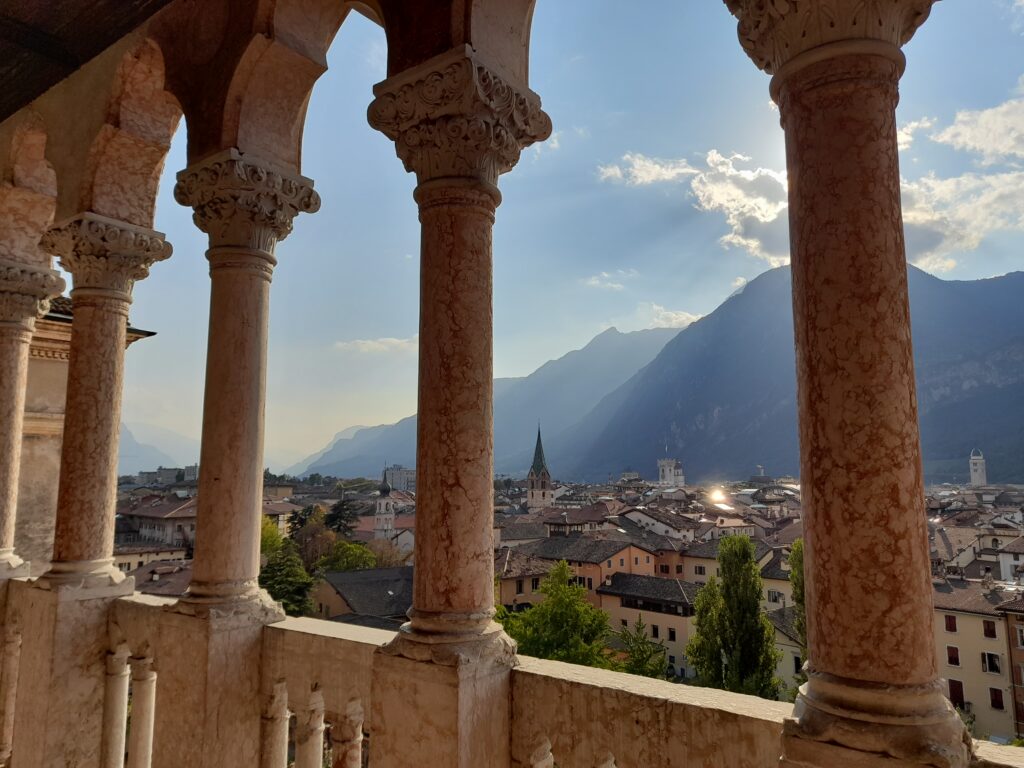The dialects spoken in the province of Trento are of Romance origin. Its varieties are Venetan in the eastern part of the province and Lombard in the Western part; the central area has mixed characteristics; in the lower Adige Valley there is a transition dialect between the central Trentino and the Verona variety.
Typically Lombard linguistic features are the deletion of all vowels at the end of the word except for a (e.g. òs for Italian osso ‘bone’), the presence of so-called “vocali turbate”, i.e., vowels resembling the German ü and ö (e.g. in lüna for luna ‘moon’), and the palatalization of the plural of names and adjectives ending in -t.
Venetan features are the preservation of unstressed final vowels other than a (oso for osso ‘bone’) and the absence of “vocali turbate”. In the valleys of Non, Sole, Ledro Superior and Rendena there are so-called “alpine” (or semi-Ladin) linguistic features such as the palatalization of Latin ca and ga (ciasa for casa ‘home’).

